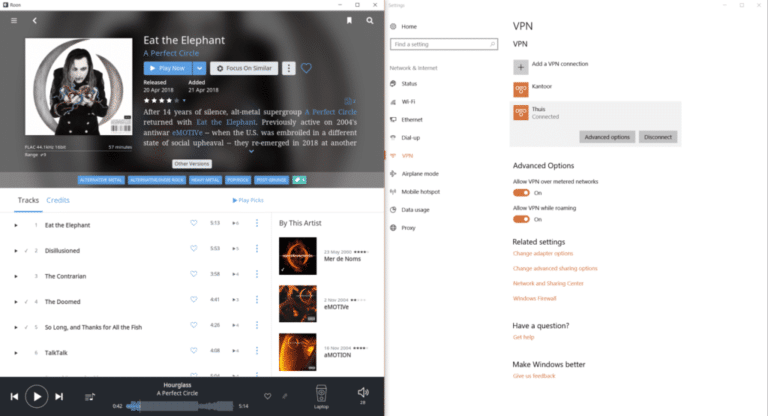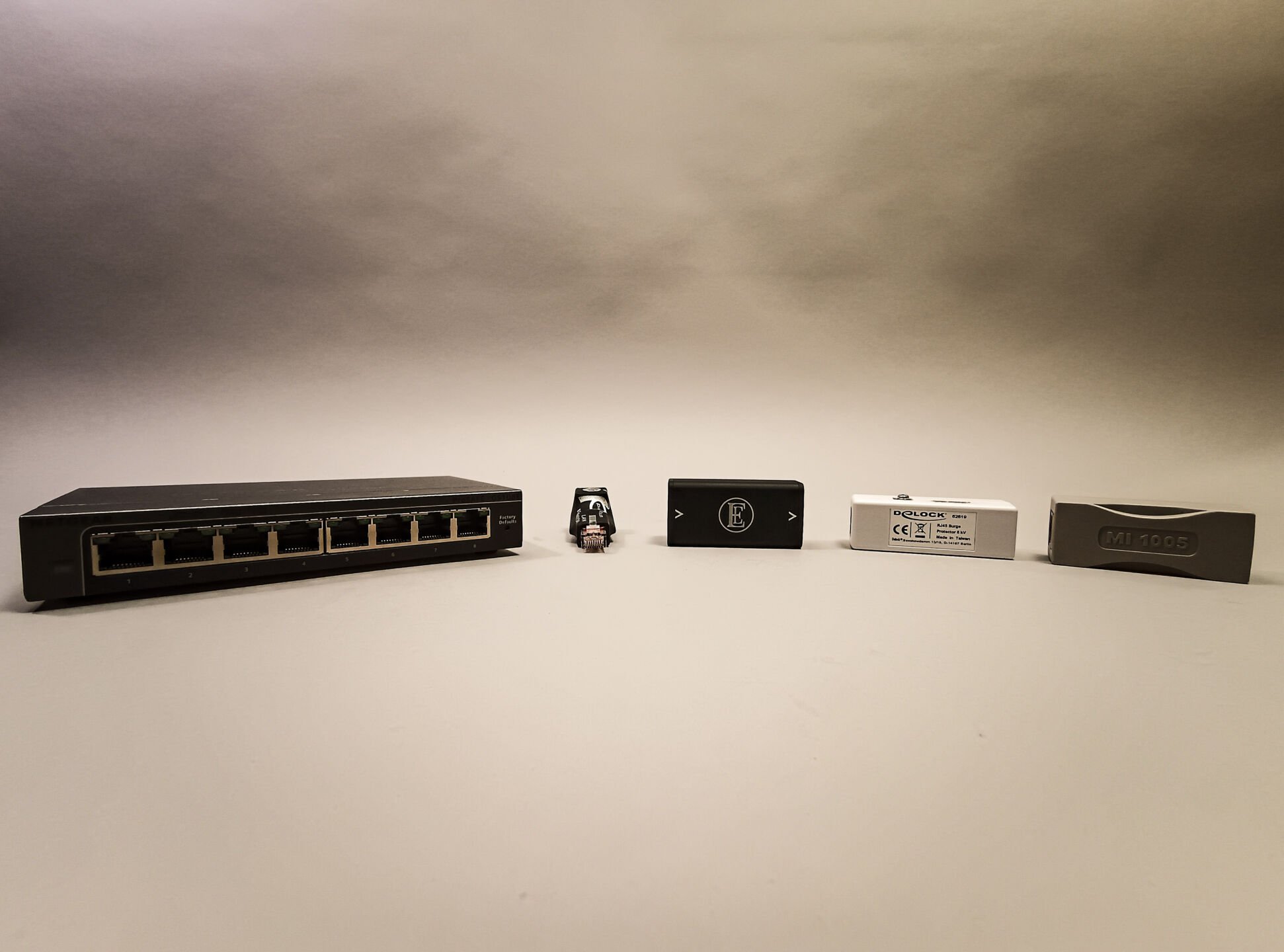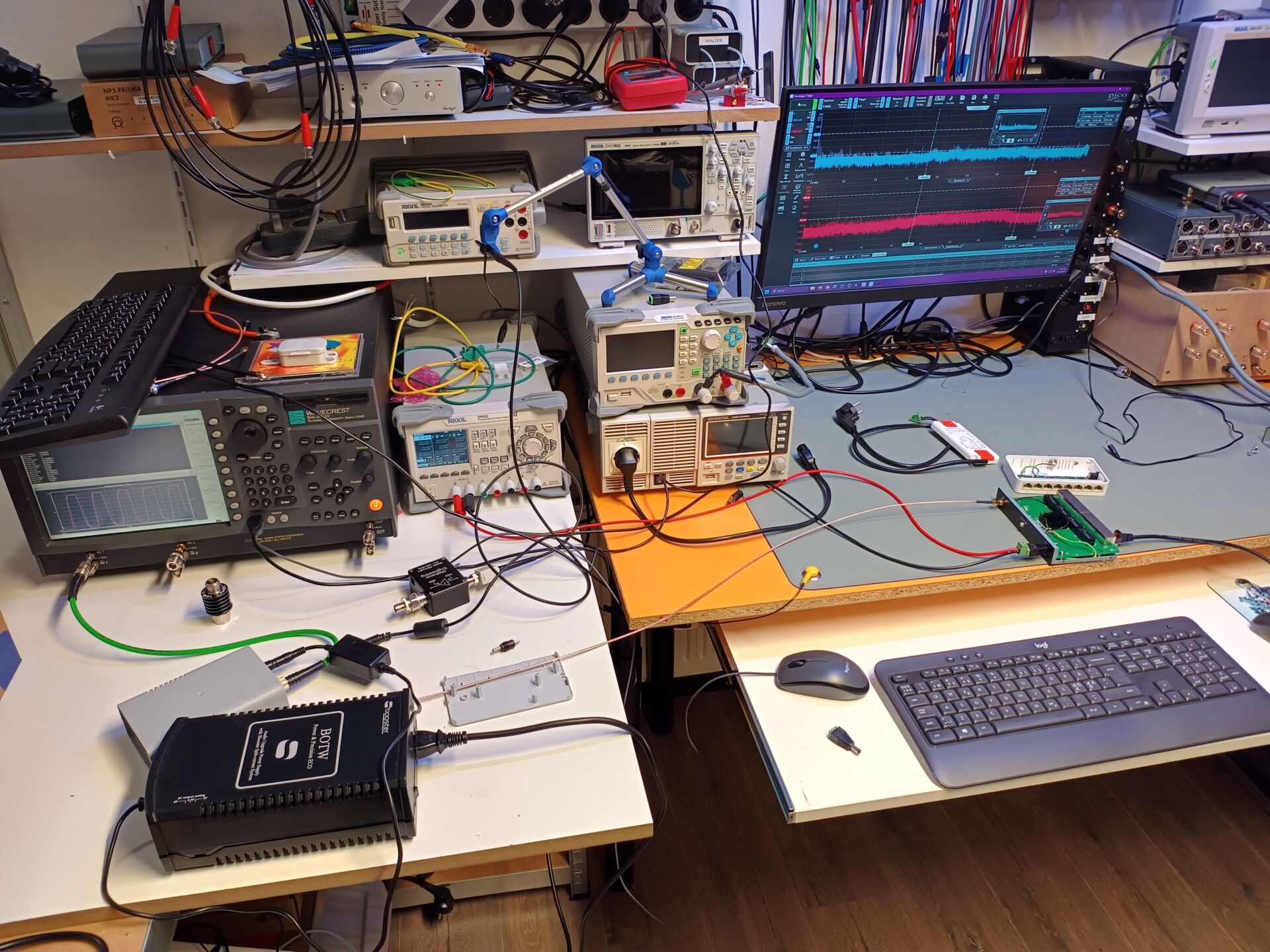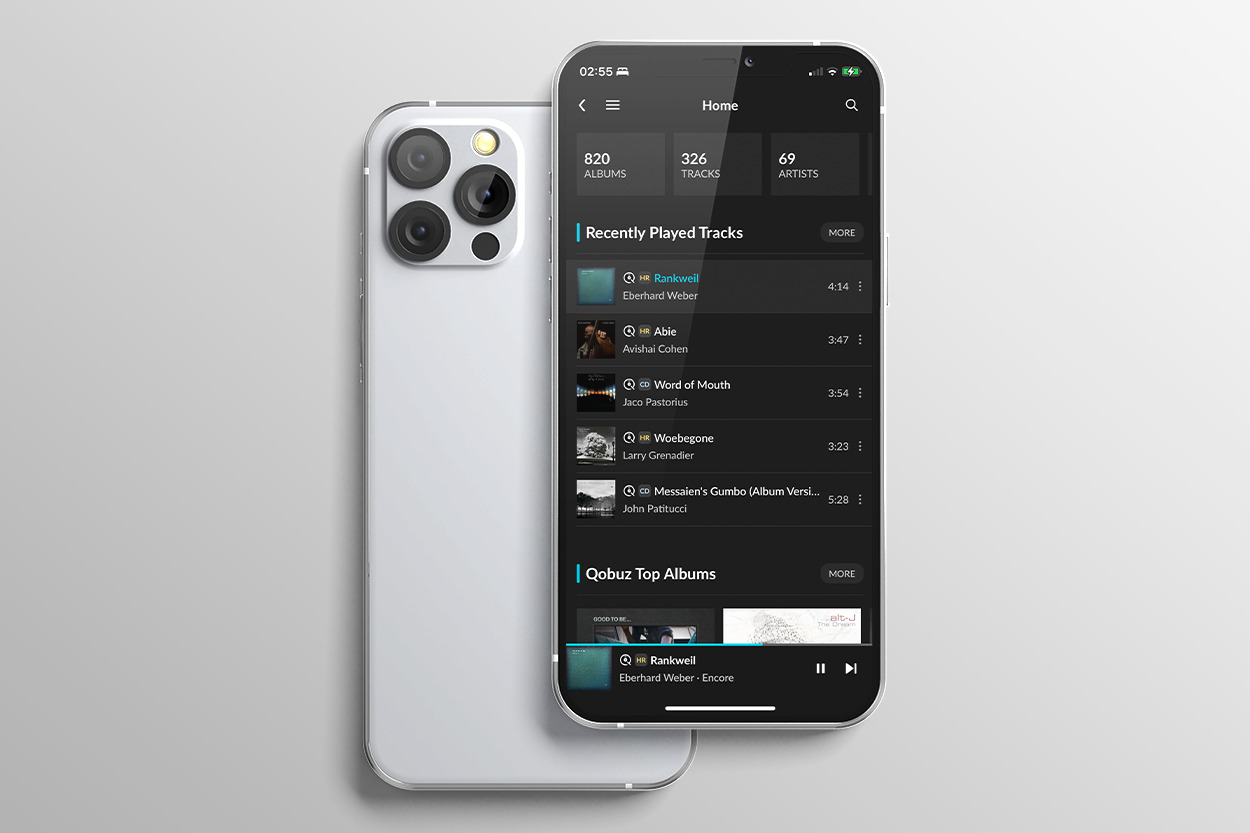

Intro
Contents
Roon is great software. It is user friendly and the sound quality is just… ‘delicious’. But there is one drawback: it is only available in the network where the ROON server is running. But we wouldn’t be Alpha Audio if we didn’t try to work around that. Because suppose you are on holiday and want to play some tracks? There is just that NEED to enjoy ROON on your phone or laptop? And in these advanced times… shouldn’t it be just possible? Of course…! We’ll explain how.
You want to enjoy your music everywhere? Yeah…we all do. And mobile streaming is possible with Tidal and Qobuz of course. But what if you want more. Like you home library on the move? With the quality of … ROON? Well… that’s exactly what we tried (and managed) to do. With a bit of networking knowledge, this is perfectly possible.
Fooling around
ROON requires a (network) connection in the same network (or subnet) of the ROON server. Either via wifi or cable. In other words: if you are on a camping (resort, hotel…), or (abroad) on the balcony of your lovely apartment – or better: at the edge of the swimming pool – ROON will tell you that it cannot connect. Damn… But also very logical, since it has to get its data from somewhere in the network.
So the important thing is to get the ‘remote’ ROON software – located on the laptop, phone or tablet – in the network of the ROON server, so that ROON thinks (and in fact it does) that those remote devices are nice and comfi in the home network.
And that’s possible. With a so-called VPN connection: a Virtual Private Network. It’s no new technology by the way. Companies have been using it for years to let people work safely from home. We are now ‘abusing’ this technology to enjoy listening to music outside of the home network. But this also works with countless other applications. Think of using Netflix abroad.
Server and client
As is often the case with networking, we have a server and a client. So a VPN server is needed in the network of the ROON server (at home). Now there are often three choices: IPSec/L2TP, OpenVPN and PPTP. We used to use PPTP for compatibility reasons. It is easy to get it working on an Android phone and Windows laptop. OpenVPN is safer and works very well nowadays. IPSec/L2TP is also a lot more secure than PPTP and is stable on many phones. So we recommend either OpenVPN or IPSec.
The client in this story is the laptop, tablet or phone on which we want to listen to music.
Setting up a VPN server can be done in various ways and on various devices. The most obvious one is a router. However, not all consumer routers have this possibility. We see it more and more. Especially the premium brands add this feature. You can think of: Netgear, Asus or Synology. If you are tweaking, install DD-WRT or PFsense. Then you certainly have this option.
VPN server on the NAS
Another possibility is to install a VPN server on the NAS. Both Qnap, Netgear and Synology offer packages to set up a VPN server. If you are going to use that, don’t forget to do some port forwarding in the router. Otherwise it still won’t work.
Forwarding a port is quite simple. Some advise though: use a static IP address on the NAS. Otherwise there is a chance that the ip-address on the NAS changes and then your rules won’t work anymore.
Port forwarding is basically quite simple. A rule usually looks like this:
[NAME RULE] – [EXTERNAL POORT] – [INTERNAL POORT] – [IP-ADRES OF DEVICE] (Sometimes you also need to specify a traffic type: TCP or UDP, IGRP, or something else)
The external port is the port on which you want to access the network. The internal port is the port on which the desired device you want to connect to, listens. Often these are the same, but it certainly doesn’t have to be. For example, you can forward port 80 to port 5000 of a Synology-NAS. (Don’t do that: port 80 is standard internet traffic. So you end up sending all traffic to port 5000 of the Synology NAS… in short; not the most secure and logical configuration. :-)).
Please note that with a system like PFsense, you need to create not only NAT rules – port forwarding rules – but also a firewall rule. Otherwise, no traffic will get through.
VPN pass through
Sometimes it is necessary to explicitly allow VPN connections in the router. If you are unable to connect, check all menu items to see if there is an item somewhere blocking VPN servers.










